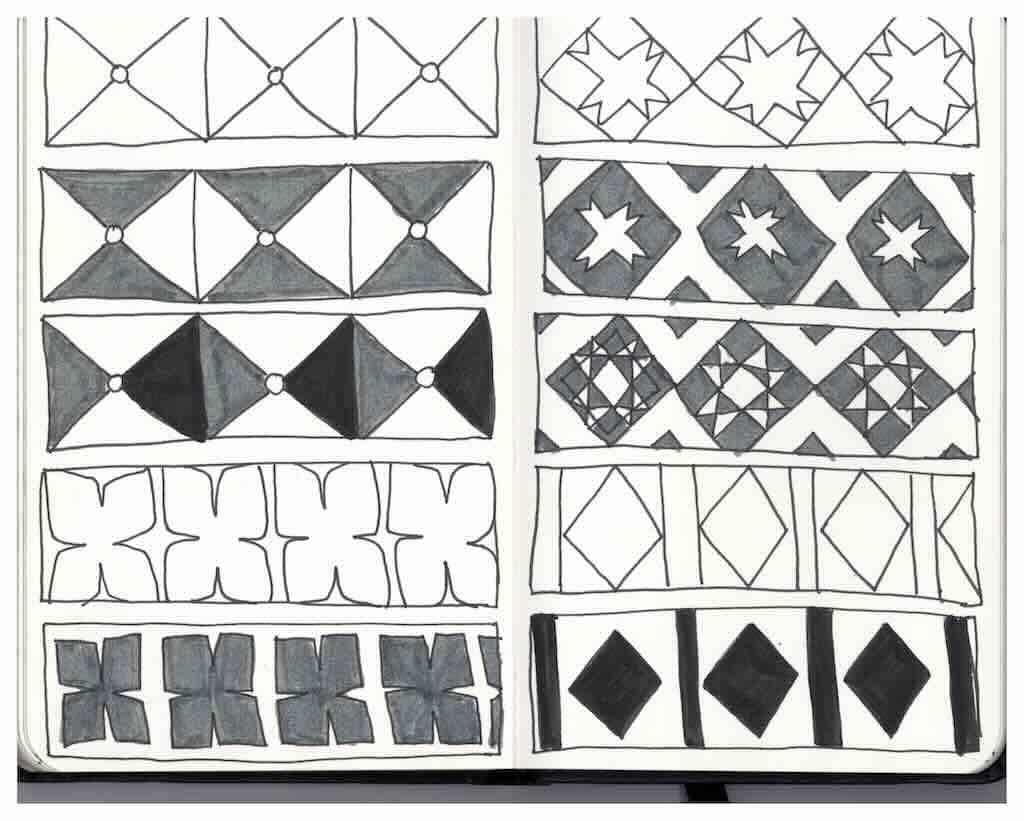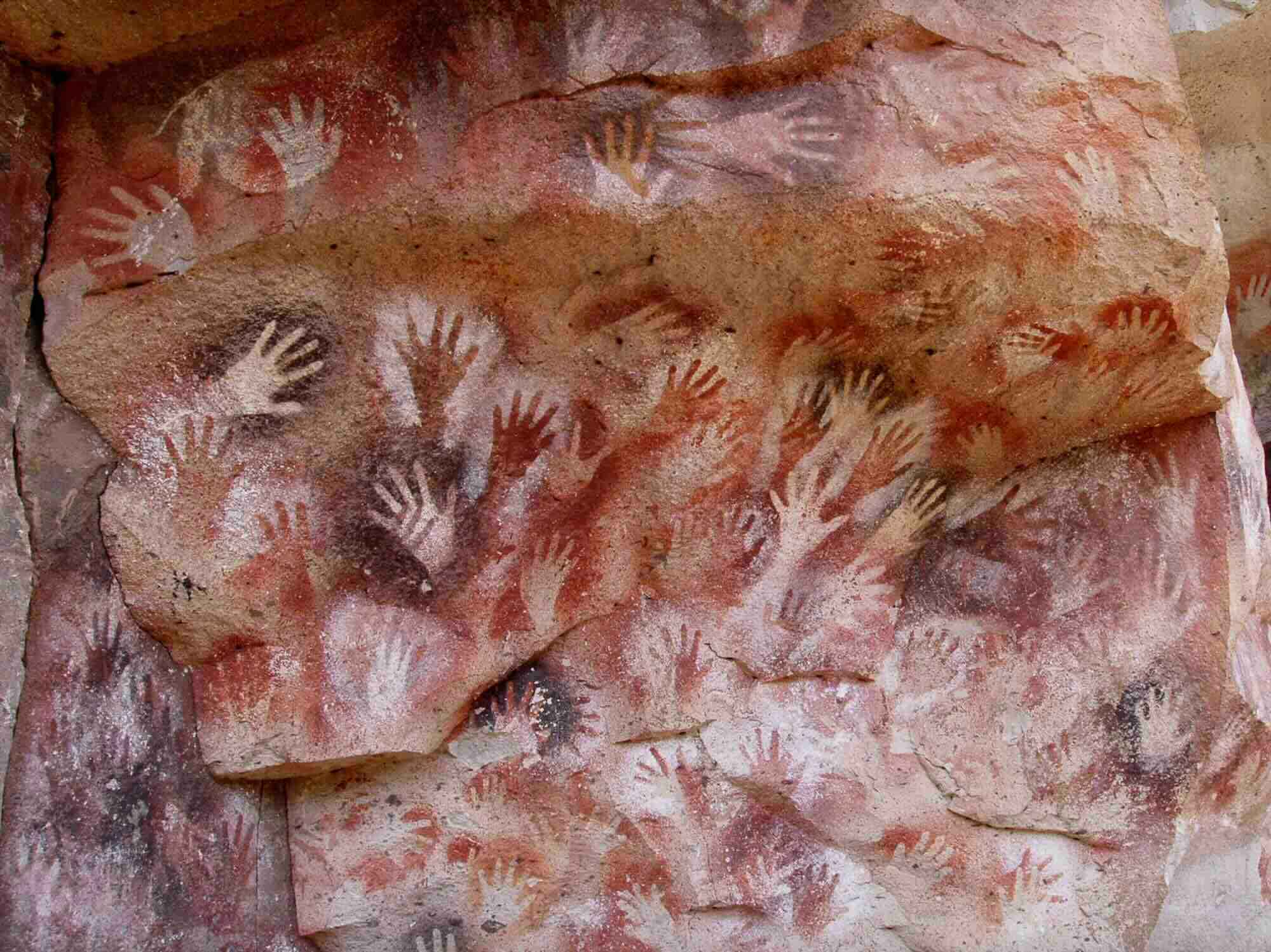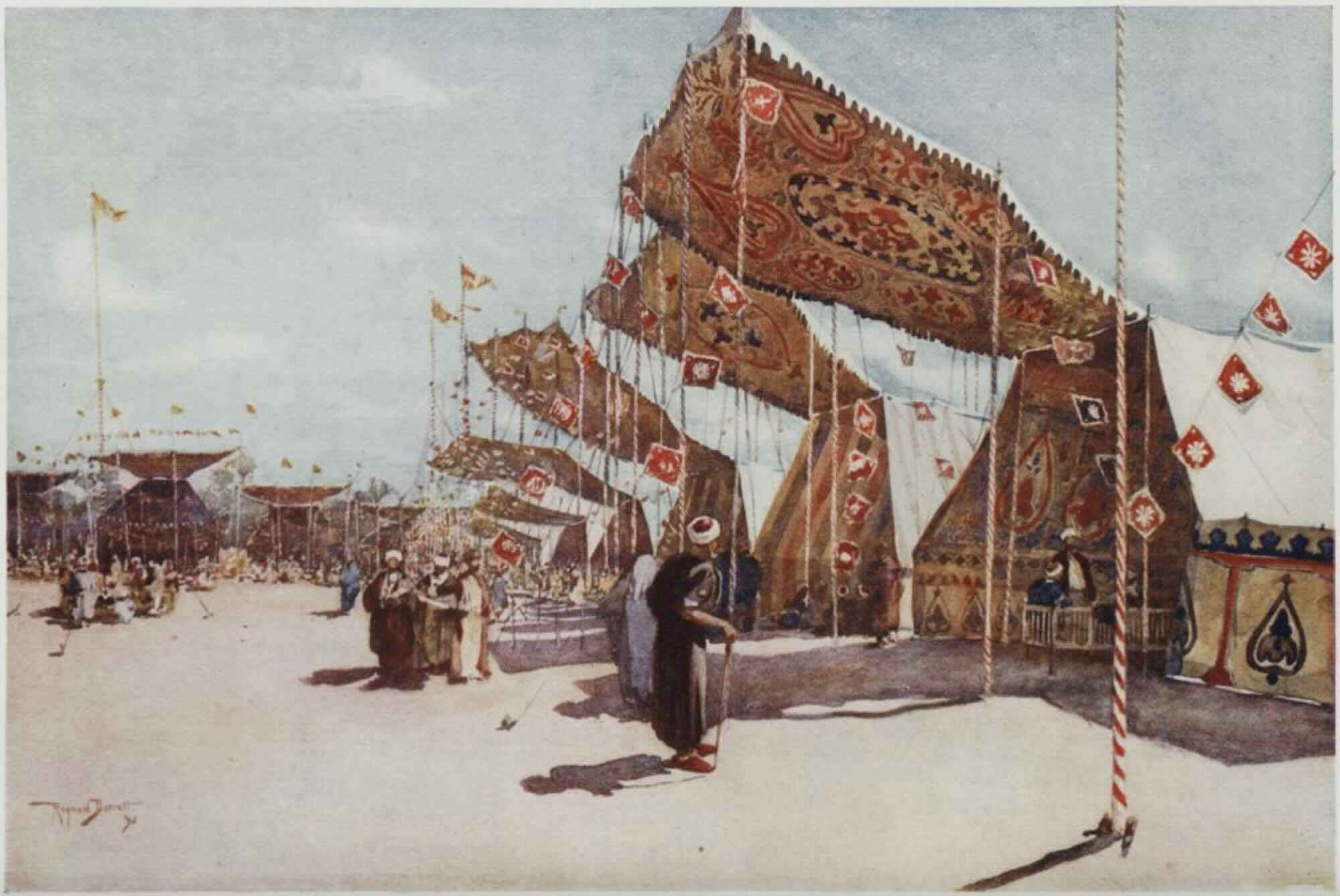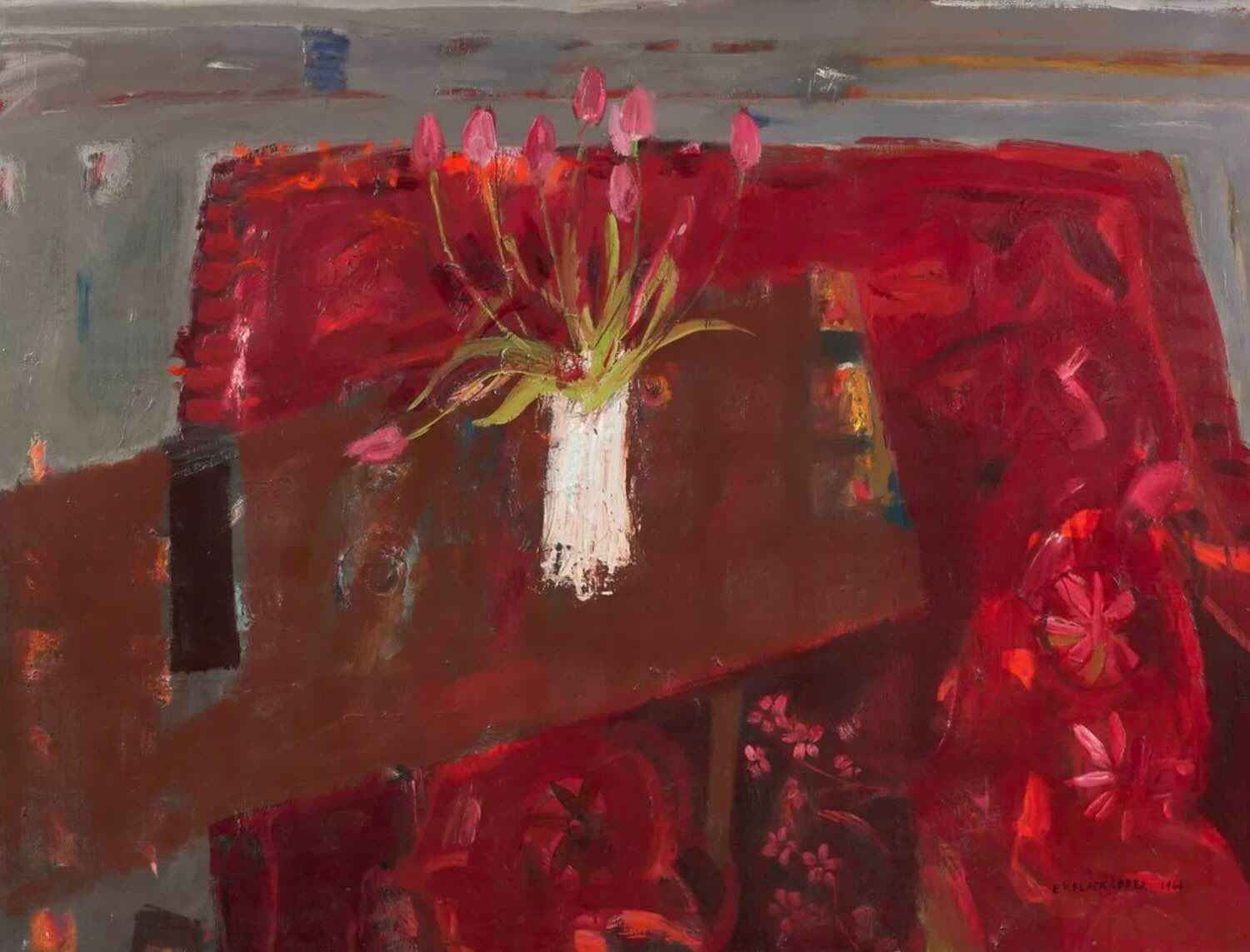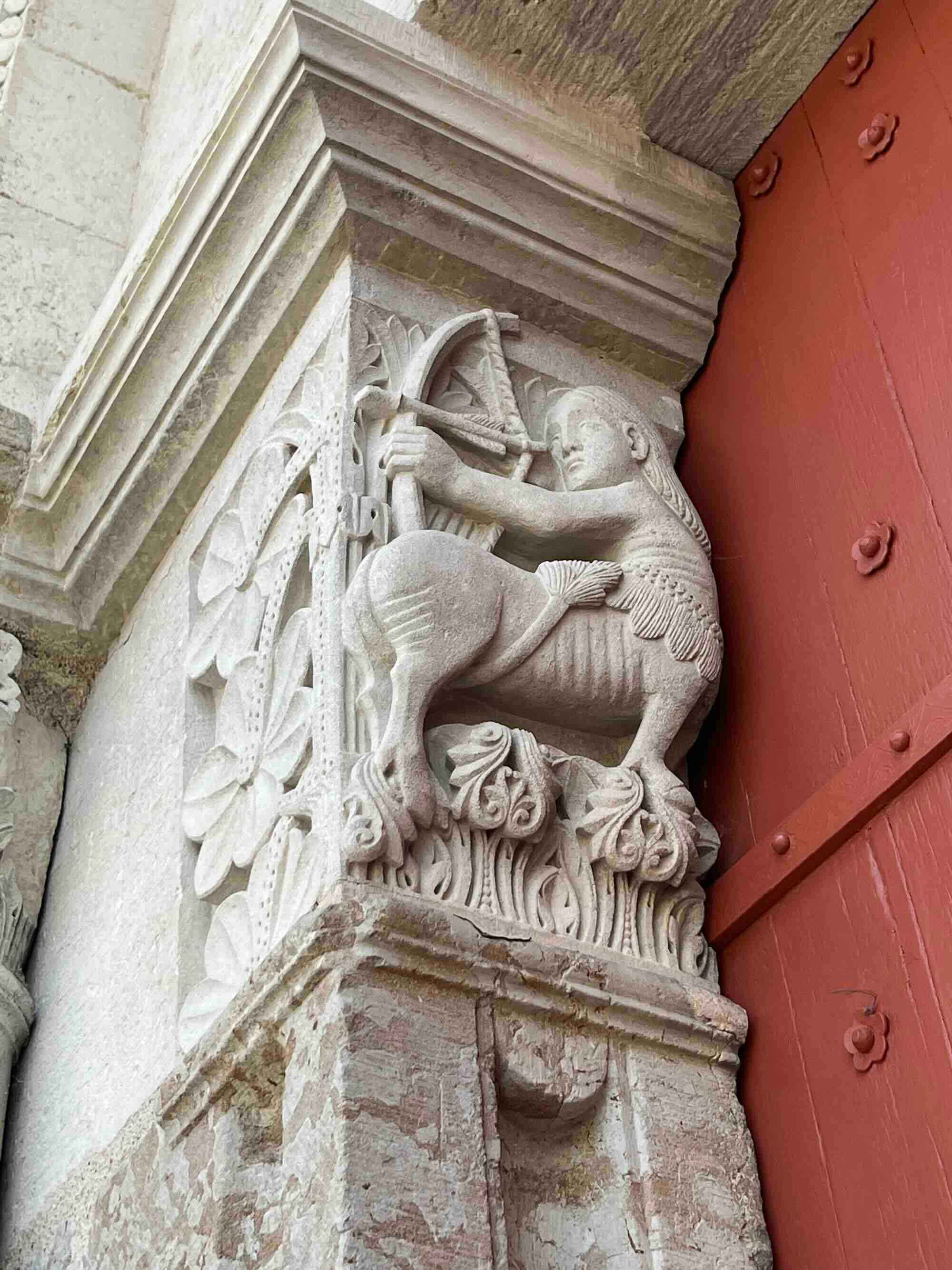
The Decorated Houses of Tiébélé
Anyone who has done one of our challenges or heard us talking about our painted frames knows that we’re huge fans of motifs. Whether they're used as borders, decorative frames or as part of a design itself, motifs really elevate an embroidery. So, it’s no surprise that we were in total awe when we came across the painted houses of Tiébélé in Burkina Faso, which are beautifully decorated almost entirely in motifs.
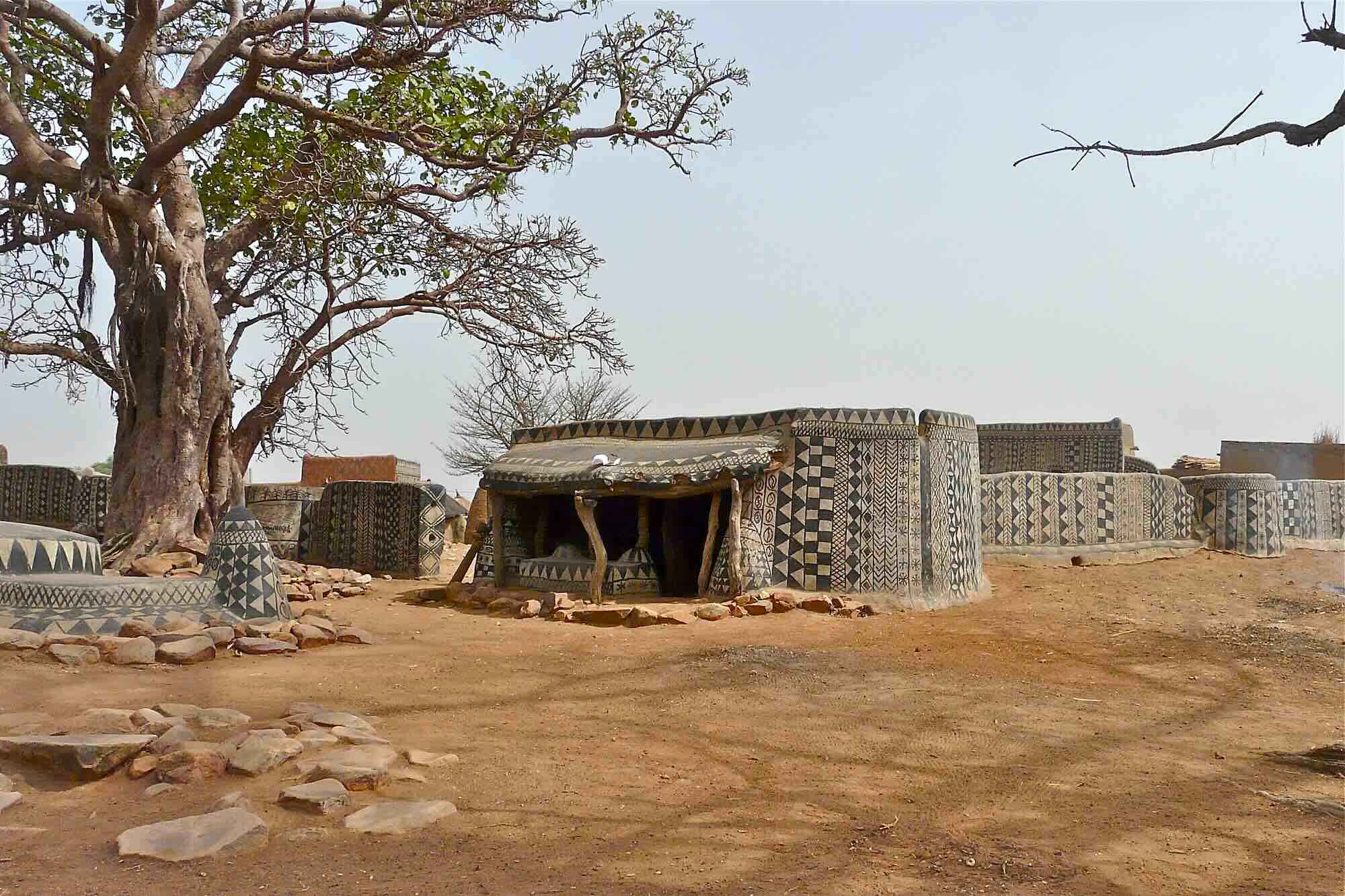
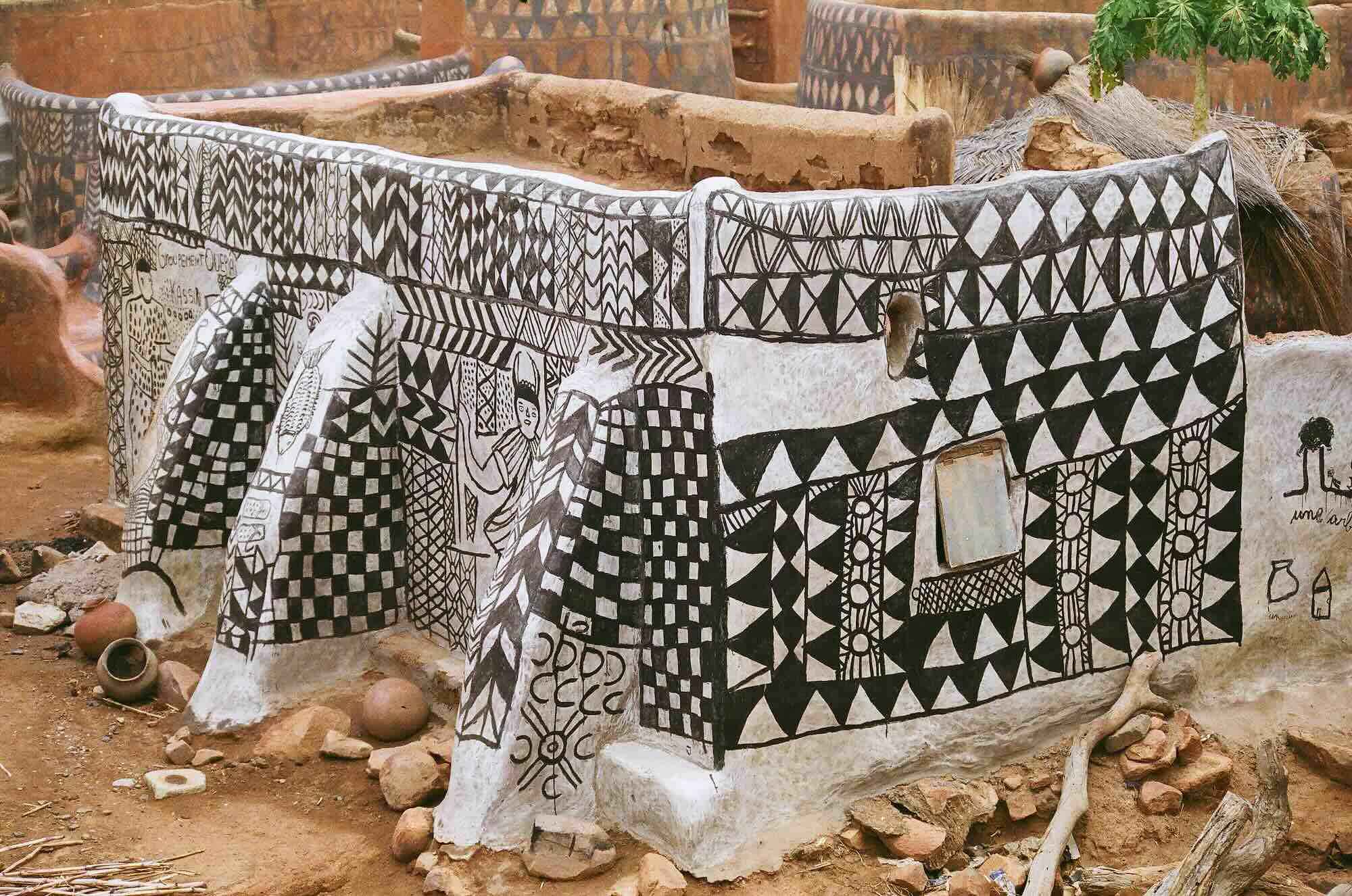
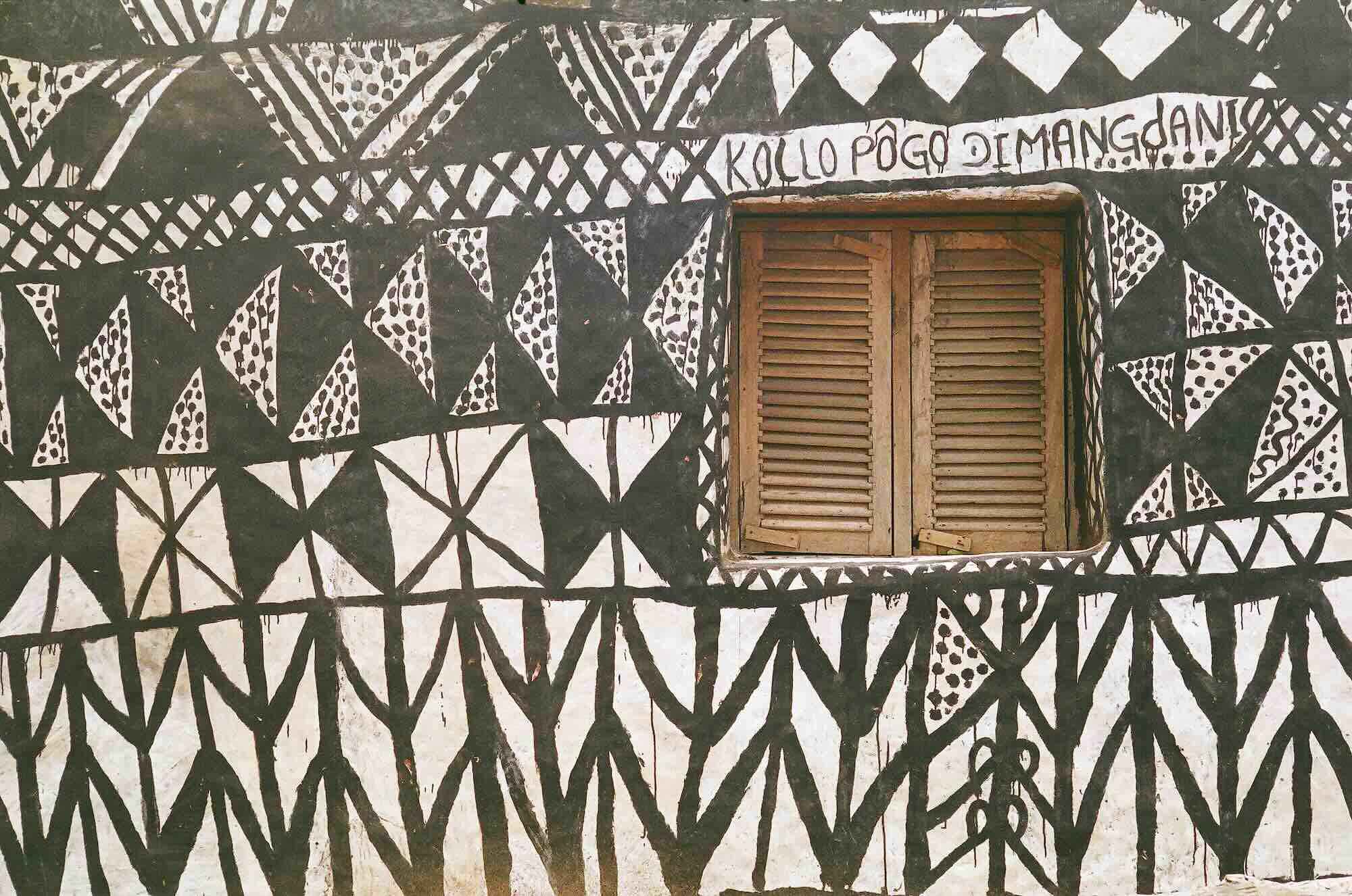
The Kassena people, an ethnic group in Burkina Faso and Ghana, are skilled ceramicists, making pottery and masks, but they also use these skills when building and painting their houses. The buildings are made by the men, from a mixture of earth, cow dung, wood and straw. These natural materials form thick walls that stay cool in the heat and maintain warmth at night. The buildings are then painted by the Kassena women, usually before the rainy season. The best-known example of Kassena architecture is the Royal Court of Tiébélé in the south of Burkina Faso, which is where the royal family live.
The Royal Court of Tiébélé was established in the 16th century, when some of the Kassena people settled there. Tiébélé is a maze of spectacularly decorated earthen buildings, specifically designed to prevent intruders, with narrow paths and different levels. The buildings have defensive mechanisms like low narrow doorways, and a short inner wall to step over immediately upon entering, making it hard for intruders to come in. They also have flat roofs, which traditionally acted as lookout points, but are also used to dry grains. The houses are shaped differently depending on the social status of the inhabitant – the elderly, unmarried women or children live in figure-of-eight houses, square houses are for married couples, and round houses are for unmarried men. Some of the buildings here are not homes, but are mausoleums, where the dead are housed amongst the living.
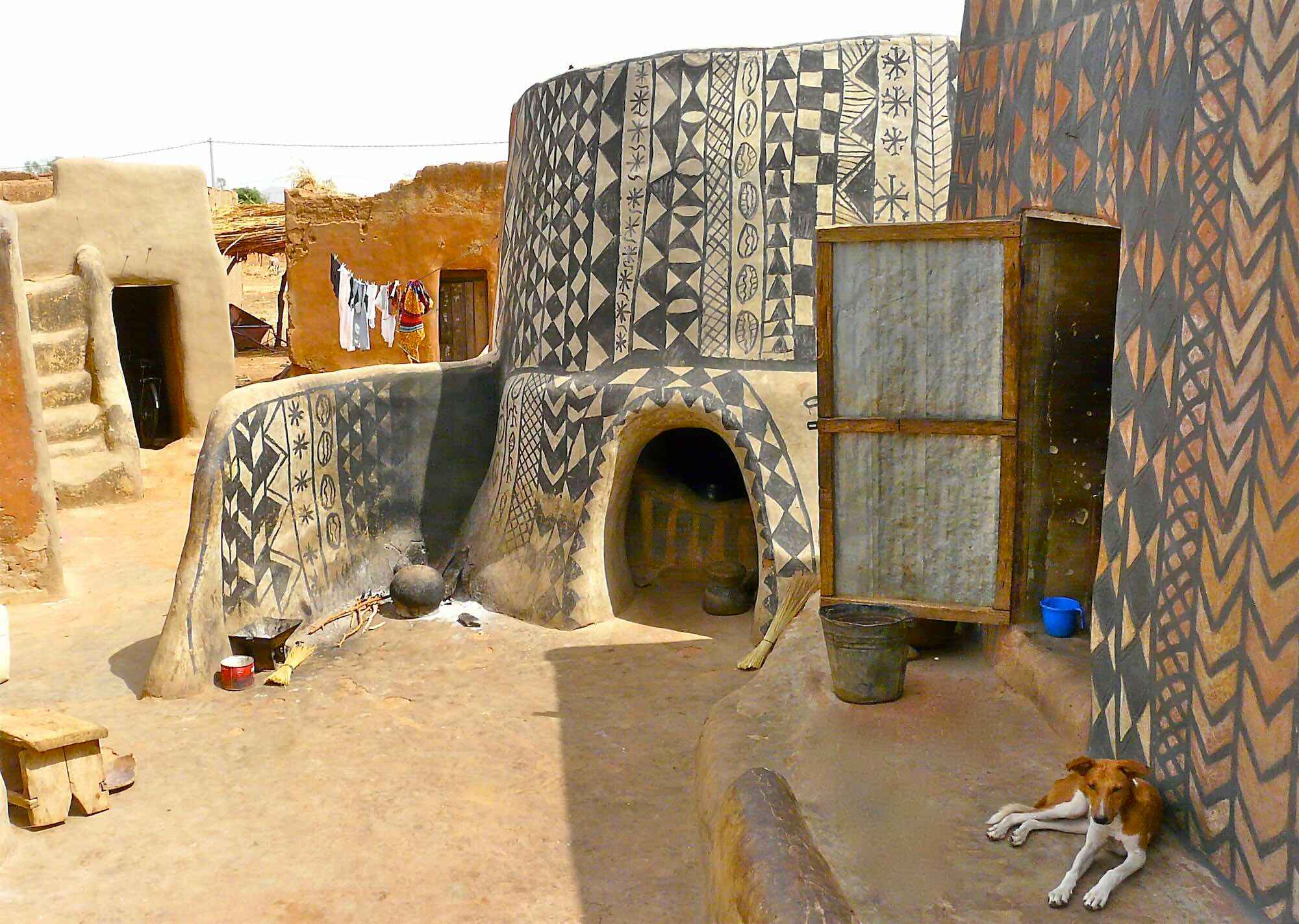
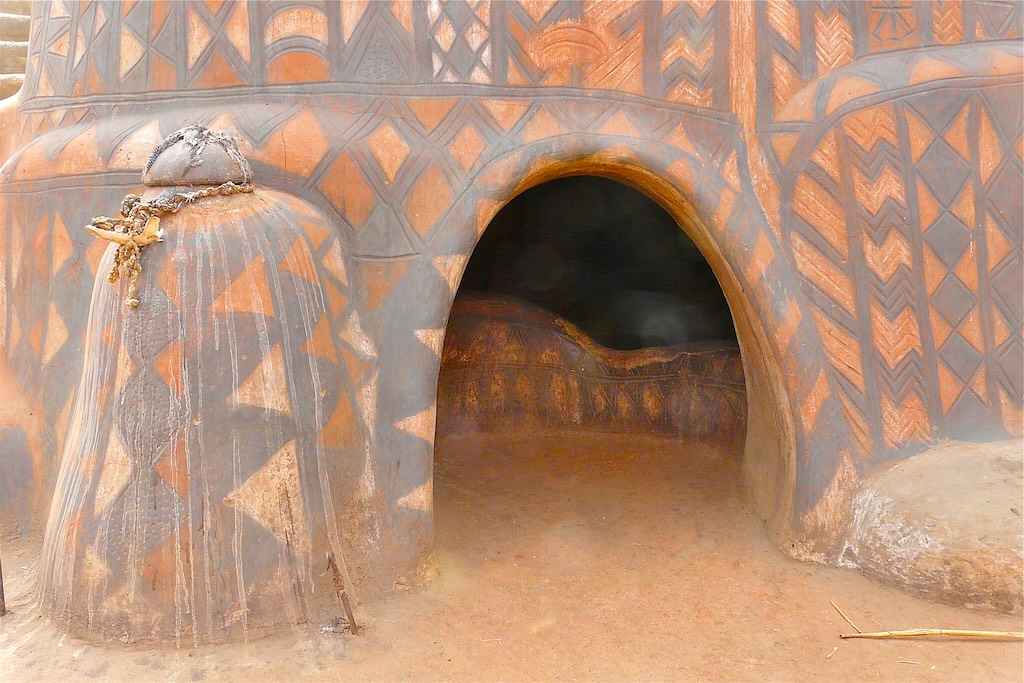
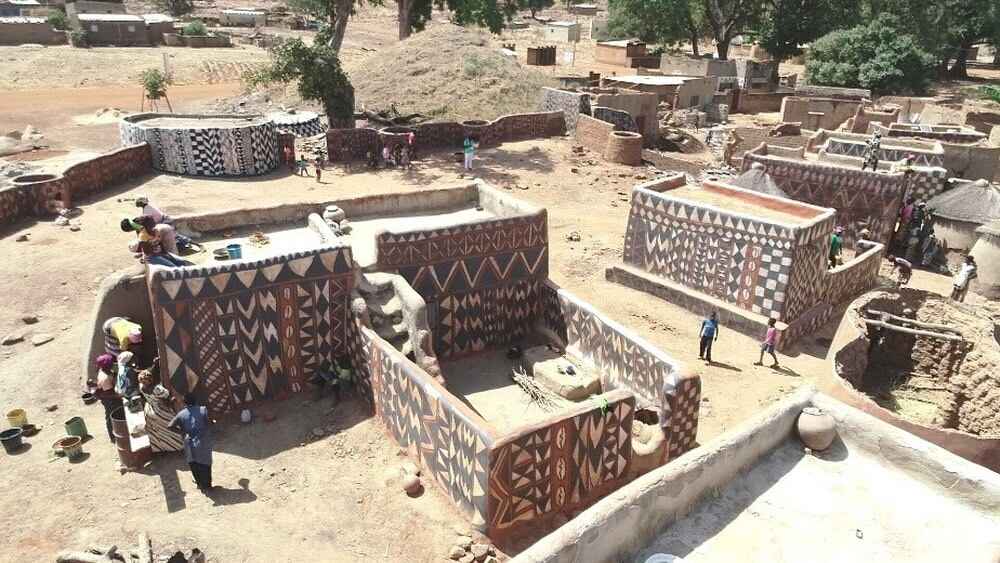
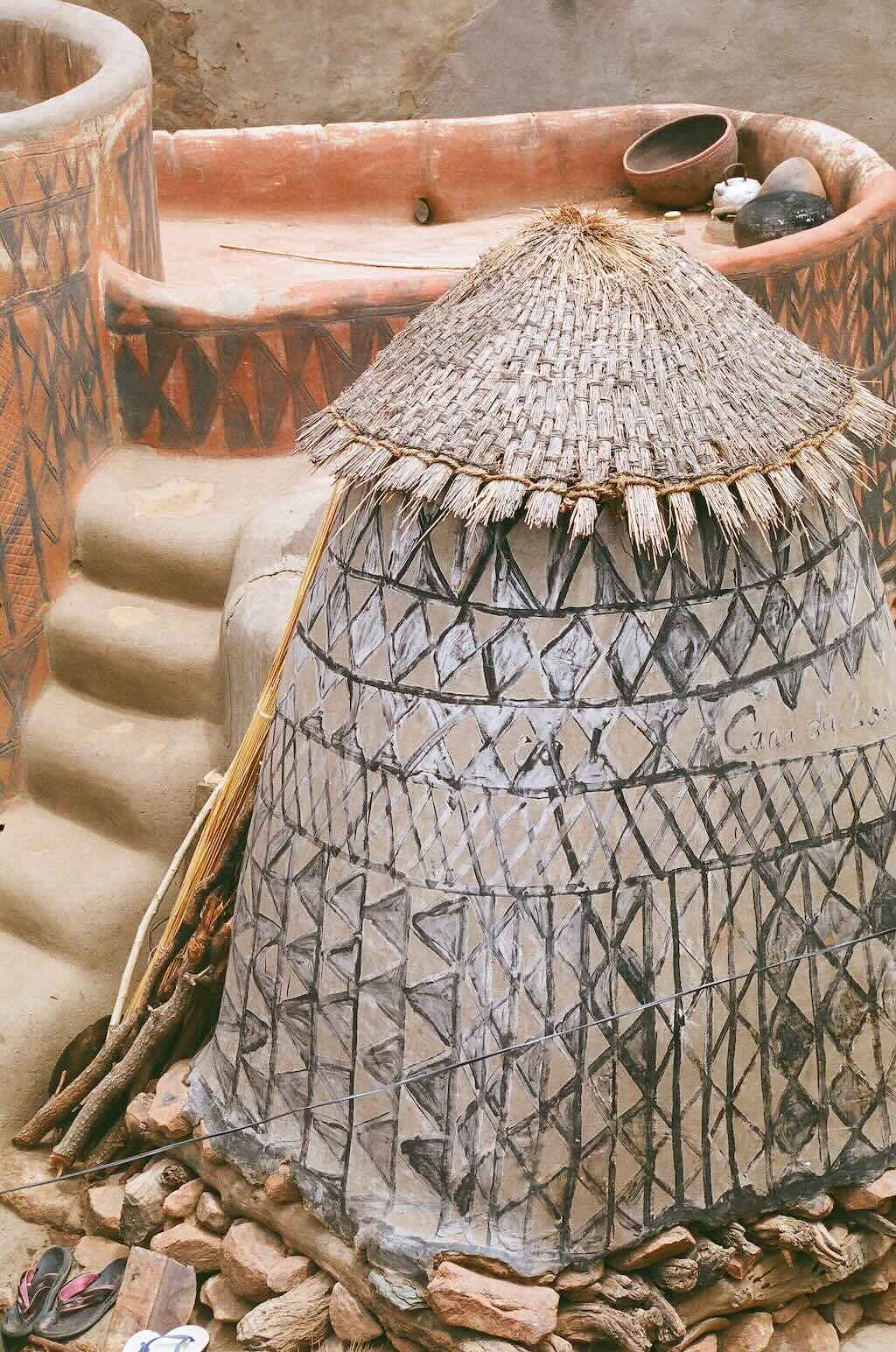
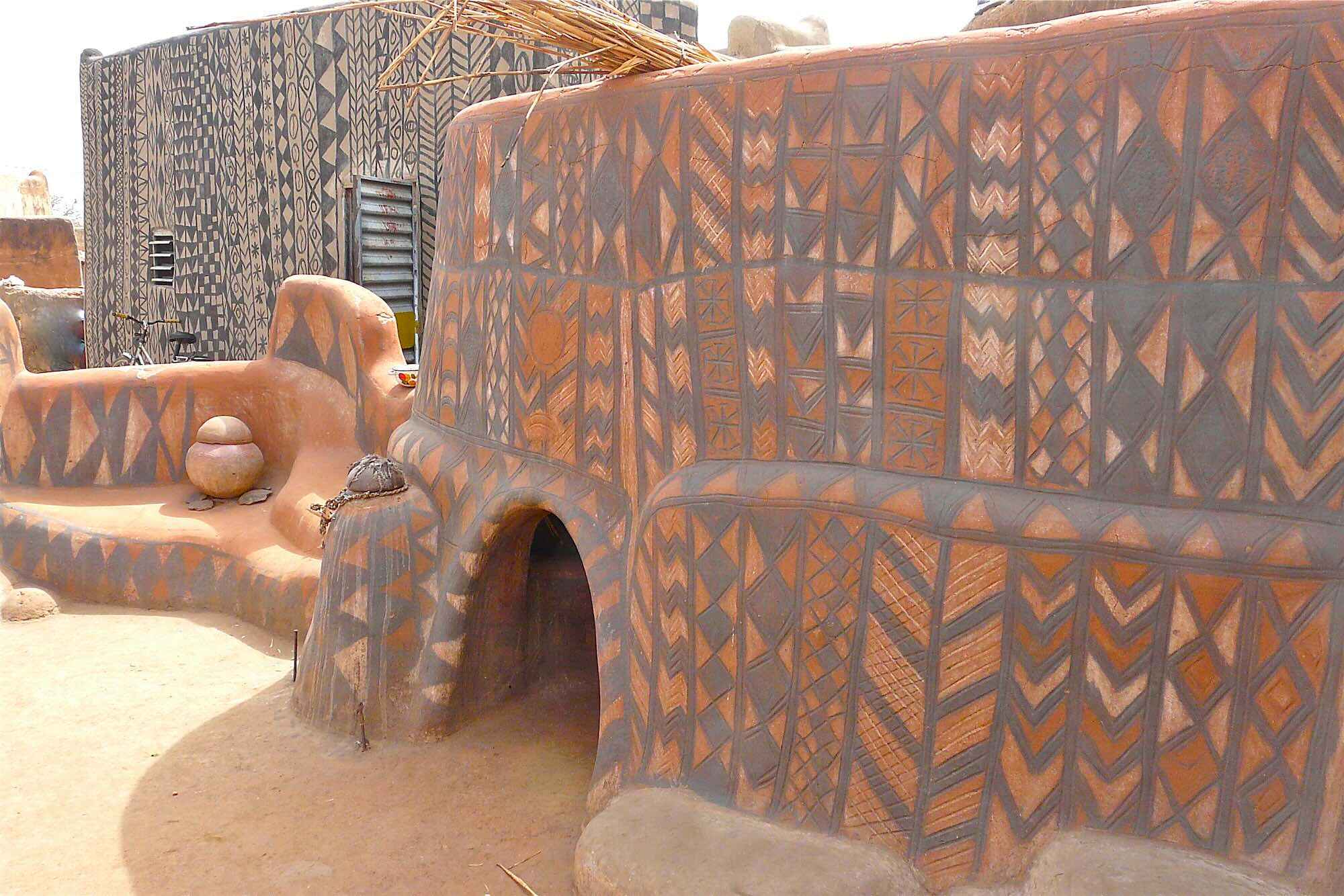
Every mural is symbolic, with deep cultural significance for the Kassena people. The women work together to decoratively paint the buildings, under the instruction of an elder woman, who explains the method and designs to be painted. In this way, knowledge is passed down through the generations and the meaning of ancient symbolic motifs, as well as newer ones, are learned by the younger inhabitants.
Each individual building has unique patterns and symbols, and the walls are repainted every few years. The snake is a common protective symbol, warding off disease, while lizards and crocodiles dispel evil. Some of these creatures are sculpted rather than painted, so they stand out in relief against the walls of the buildings. One of the most common symbols is the calabash, which is depicted as half circles, or as broken shards in the form of diagonal motifs. The red, white and black colours used for the murals are made from natural pigments, with red from laterite, white from chalk and black from basalt. The colours themselves carry meaning too, with red symbolising courage, black representing night and the spirits, and white signifying honesty.
If you’d like to see a little of the painting process, this video is a great insight into the creation of the murals. The video is in French so do turn on autogenerated English captions.
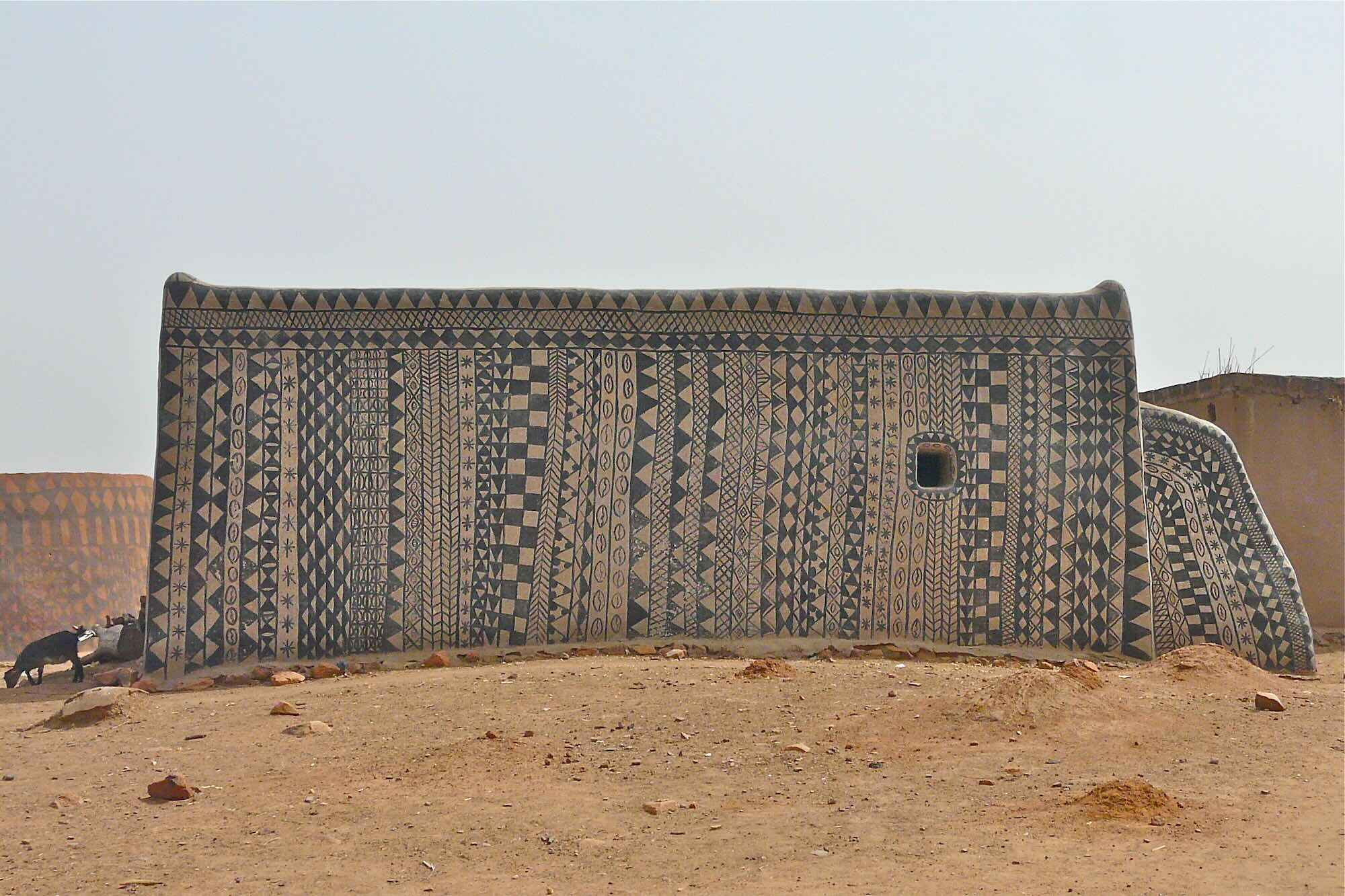
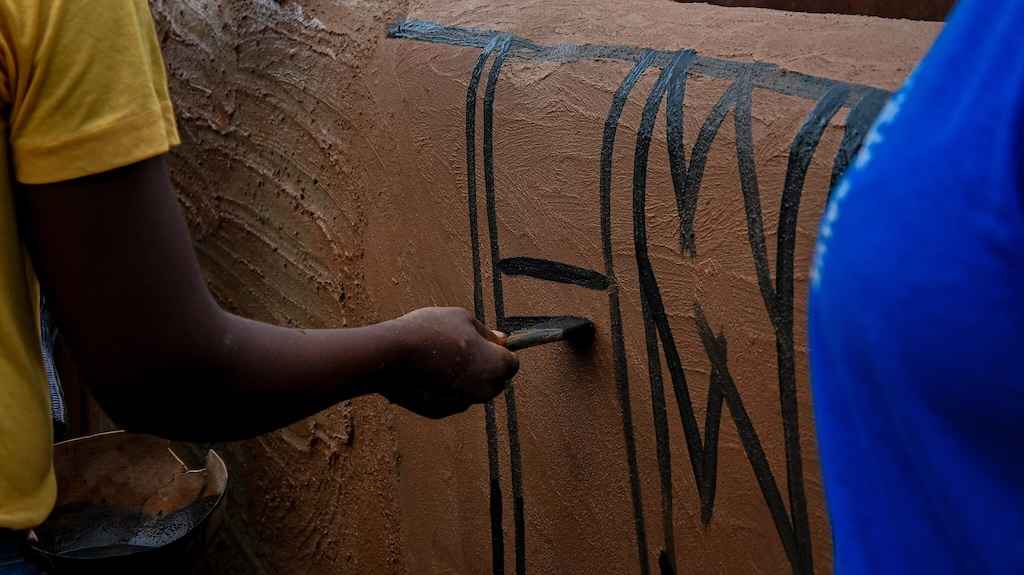
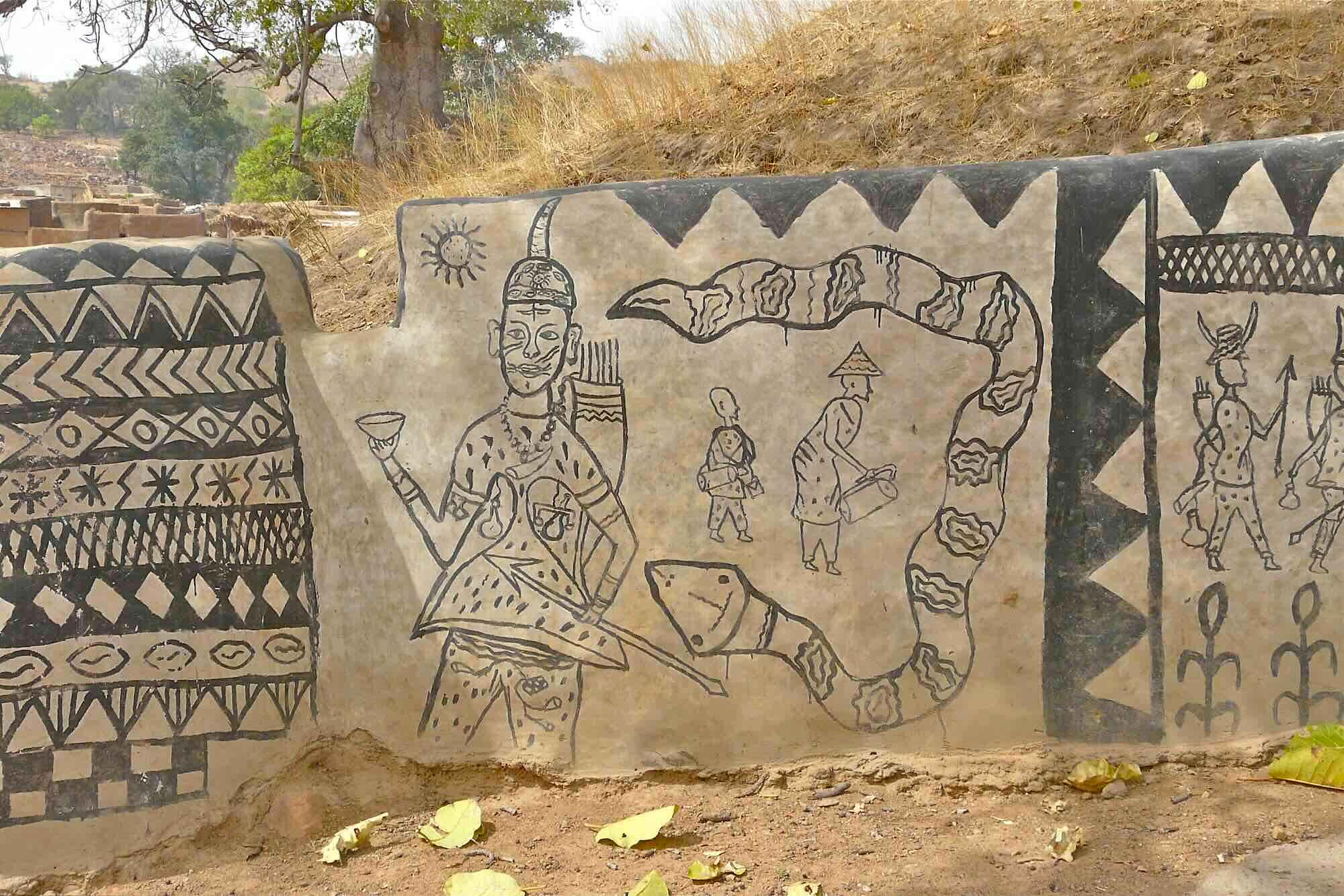
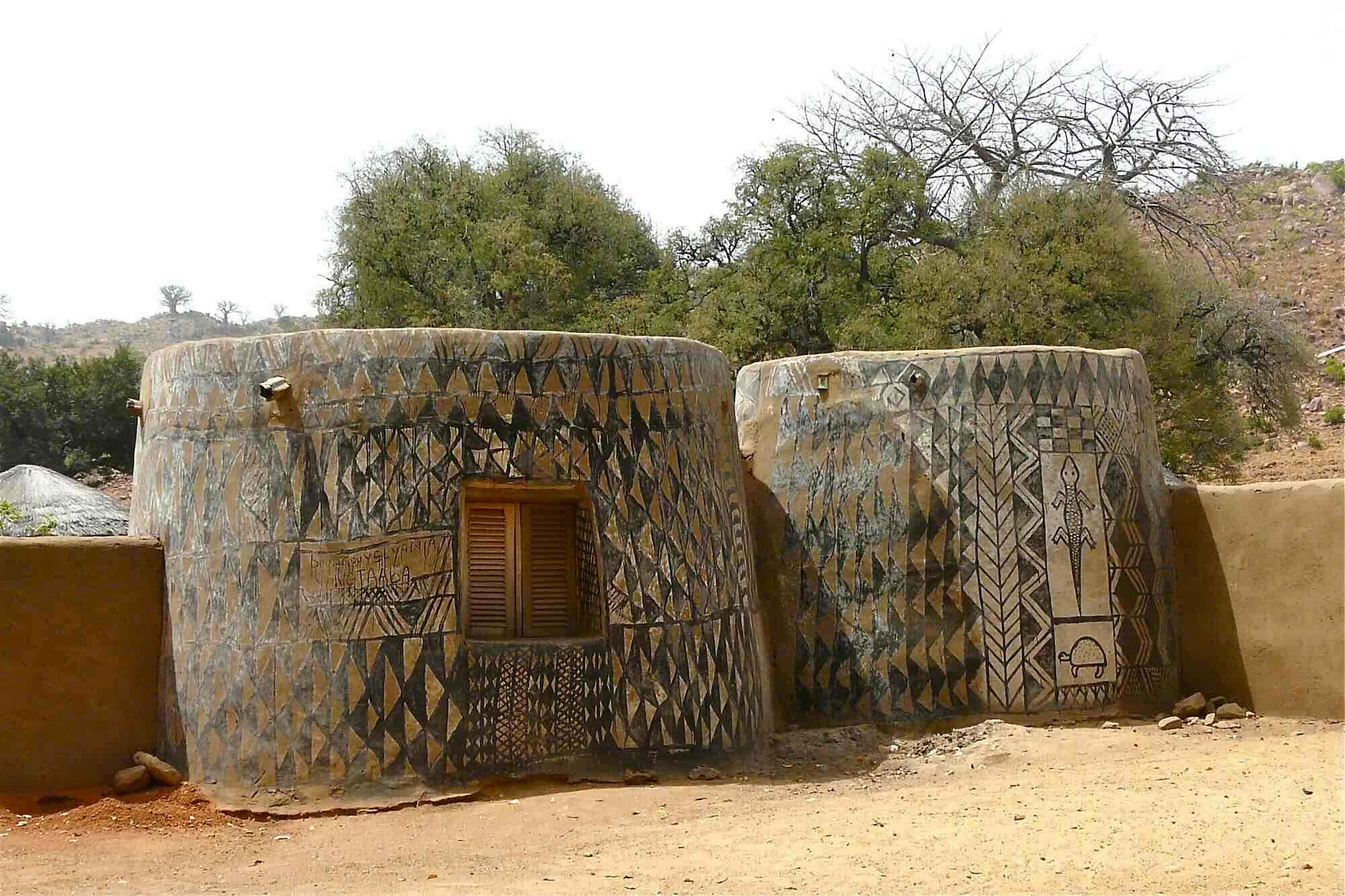
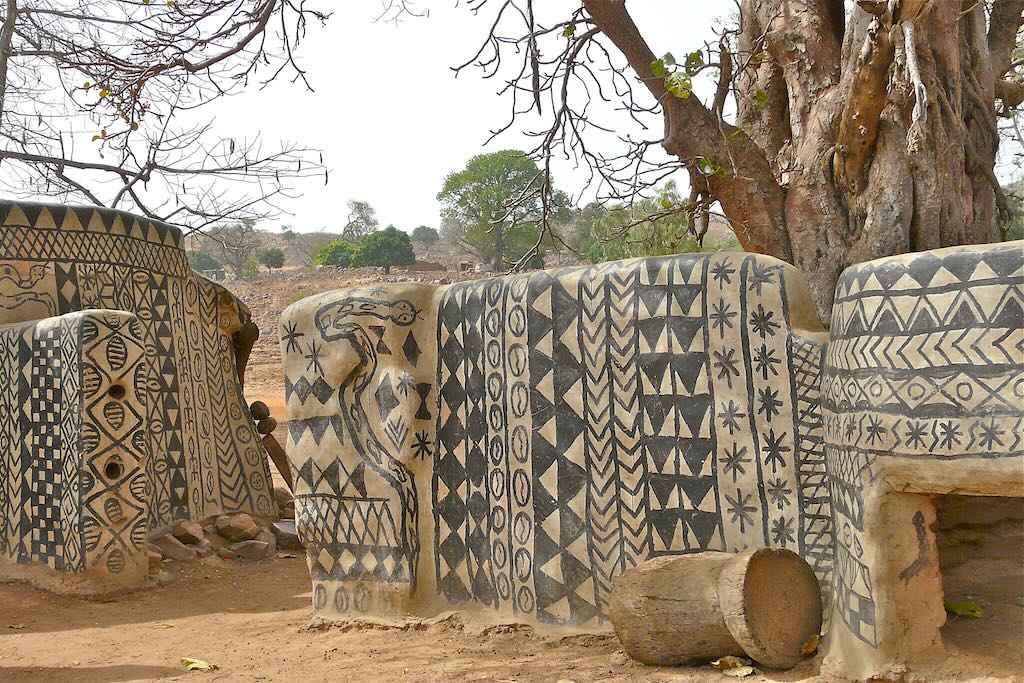
Although the practice of painting buildings used to be quite common across Kassena villages, the Royal Court of Tiébélé is one of the few remaining places where people still continue this tradition. Even here, the traditional techniques of building and painting are under threat, with the necessary materials becoming harder to access because of climate change. The houses have to be completely dry before the painting process can begin, but erratic rains can delay the drying process, and mean that the window for painting the houses is much smaller, with rains washing away the designs before they can be completed or varnished. The Néré tree, which produces the fruit used to varnish the murals, now sometimes doesn’t produce fruit at all. The quality of the soil has also deteriorated from the use of chemicals and insecticides, meaning the soil crumbles easily and is harder to work with. All these issues put the future of the painted houses of Tiébélé in question.
Perhaps now that the site has at last been awarded UNESCO world heritage status, more can be done to help the Kassena people preserve their living tradition.

